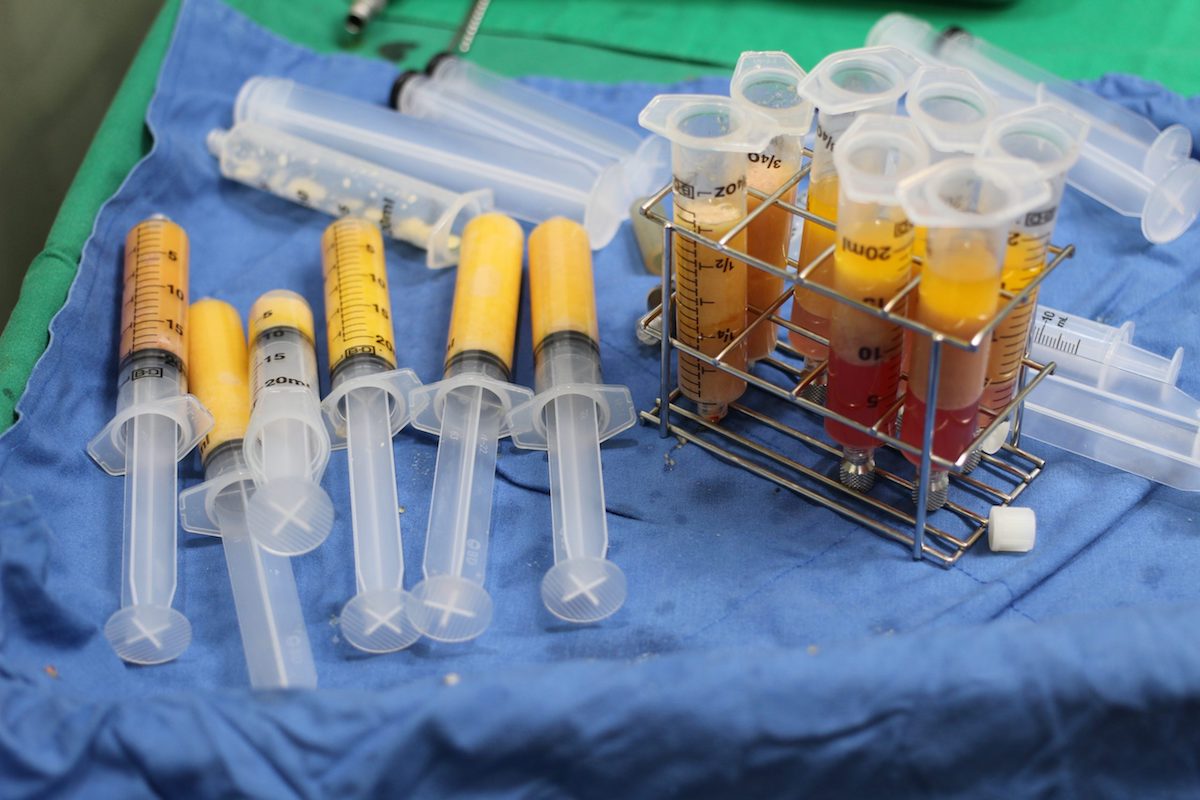Fat Grafting
Fat Grafting or also known as “Fat Transfer” is the harvesting of fat cells from other parts of one’s body and injecting it to one’s buttocks, breasts and/or face. This procedure is helpful for correcting body asymmetry caused by defects from previous surgery or improving the body shape by adding volume to the concerned areas with fats.
The body part where fats will be harvested depends and varies. Some would prefer it in areas where fats are stubborn. This kind of fats is excessively hard to get rid of, making it susceptible to weight loss fluctuations. At Evita Clinic, mostly, fats are harvested from the tummy or thighs where there is a plentiful source of fats. This is especially necessary for cases where large volume of fats is needed like for, Fat Grafting to the breasts and buttocks.
Fat Grafting involves three steps:
1.Harvesting
An incision will be made on the part where fats will be harvested. The incision will be around 1-2 cm, just enough for the harvesting canula. A syringe will be attached to the canula where fats will be stored for processing.
Nowadays, patients often want it as a secondary procedure after Liposuction. This, for us here at Evita, is the most ideal. Instead of throwing the fats, we could use it and transfer to areas where the patient wants to be enlarged. And also, the quality of fats is better.

2. Processing

The processing of the fats is a very delicate process. The fats should be properly sterilized without damaging it’s quality. That is why a good machine is necessary. At Evita Clinic, we use a Laboratory type machine. This spins the fats thousands of times to separate it from the impurities.
Once the spinning is done, the impurities will be manually removed from the syringe leaving only the pure fats.
3. Injecting
A needle or canula will be inserted in the incision point on the area to be augmented. The canula will be passed in and out multiple times. While it is being withdrawn, the fats will be carefully deposited onto the site. The fats will be distributed in different directions and in multiple layers. This is what we call the “scafolding method”. This will be repeatedly done until desired volume is achieved. But most of the time, especially for Facial Fat Grafting, one time is enough.

This procedure has been done for years and was considered safe with very low percentage of risks and complications. Questions surrounding this surgery is about the survival of fats but not about its safety. It should be done by a professional and skillful surgeon.
The survival rate of the fats that is grafted is quite variable. Basing from our experience, mostly only 40-60 percent of the fats will remain after the procedure. That is why, we would recommend a touch-up. The earliest one could get a repeat treatment is after 2 months. And the fats that will remain 4 months after the surgery would likely be what is stable. Results can last for years and for others, it is permanent.
